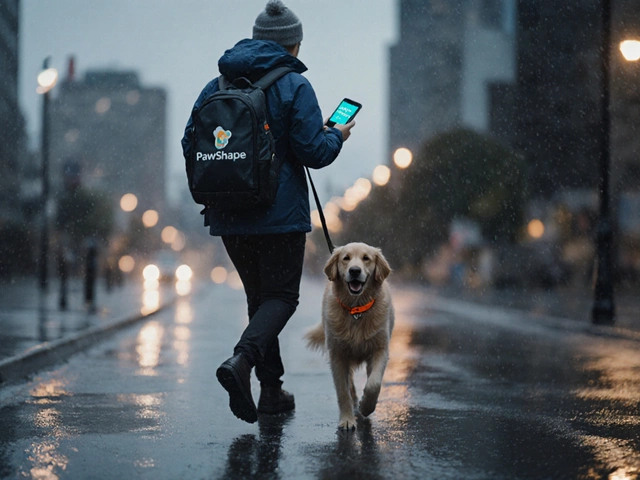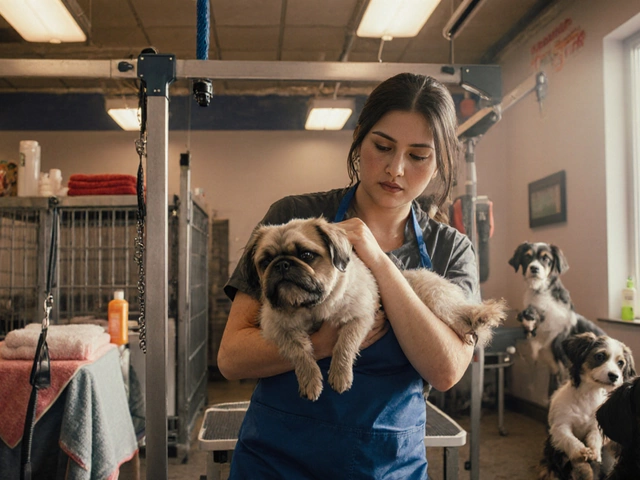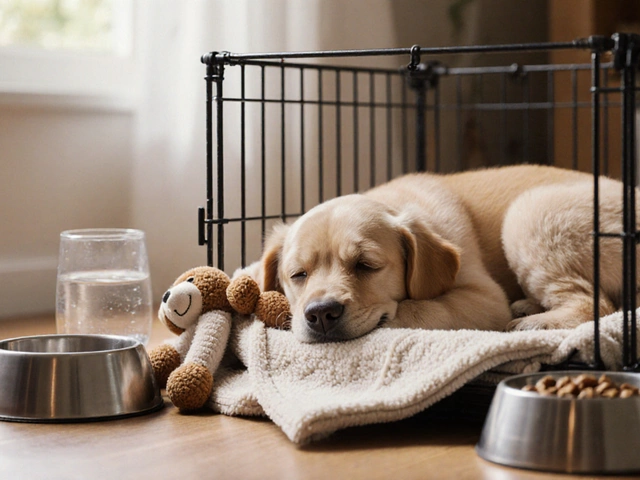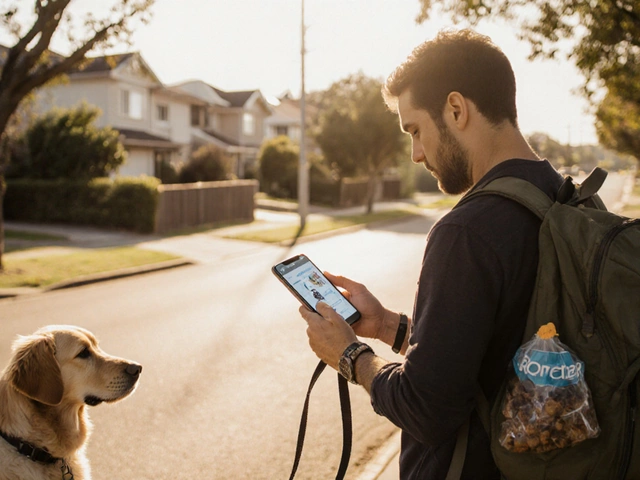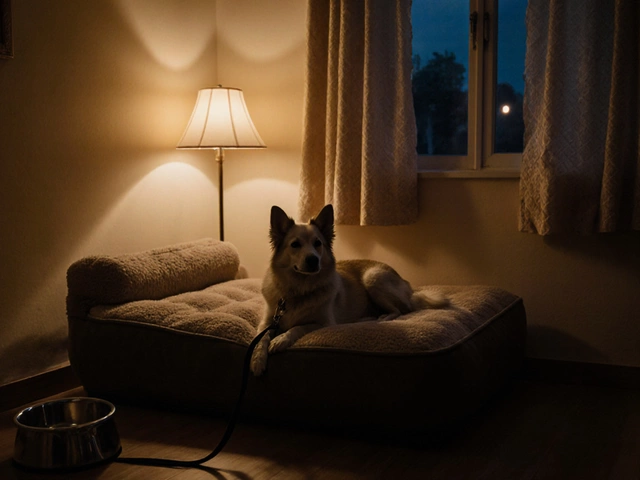Positive Reinforcement for Dog Training Made Easy
If you’ve ever wondered why some trainers swear by treats and praise while others still use harsh corrections, the answer is simple: rewarding good behavior works faster and keeps your dog happier. This tag page gathers the best advice on using positive reinforcement, so you can start training without stress.
How Positive Reinforcement Works
Positive reinforcement means giving something your dog likes right after the behavior you want to keep. The reward creates a clear link in the pup’s brain—"I did that, and it felt good, so I’ll do it again." Treats, a favorite toy, or a happy voice all count. Studies show dogs learn new tricks up to three times faster when they’re rewarded rather than scolded.
One key point is timing. The moment your dog sits, says "yes," or stops barking, deliver the reward within two seconds. Anything longer dilutes the connection and the dog may not know which action earned the treat. Use a clicker or a consistent verbal cue like "good" to bridge the gap if you can’t hand over a treat instantly.
Everyday Reward Strategies
Start small. Pick a high‑value treat—small pieces of chicken or cheese work great—so your dog is motivated but not overfed. When your dog follows a command, give the treat and follow up with praise. Over time, you can fade the treat and rely more on verbal praise or a quick play session.
Mix up rewards to keep things interesting. Some dogs love a quick game of tug after a successful recall, while others prefer a quick belly rub. Changing the reward keeps the dog guessing and maintains excitement.
Consistency is king. Everyone in the household should use the same cue and reward system. If one person rewards a bark and another scolds it, the dog gets confused and progress stalls.
Finally, set realistic expectations. Not every behavior will become perfect overnight. Celebrate tiny wins—like a partial sit or a short stay—and build from there. The more you focus on the good, the quicker the bad habits fade.
Positive reinforcement isn’t just for tricks; it’s a life‑skill. Use it for walking politely, staying calm during vet visits, or even settling down when you leave the house. The tag page below links to deeper articles on puppy house training, calming techniques, and reward‑based grooming. Dive in, pick a tip, and start turning everyday moments into learning opportunities for your furry friend.
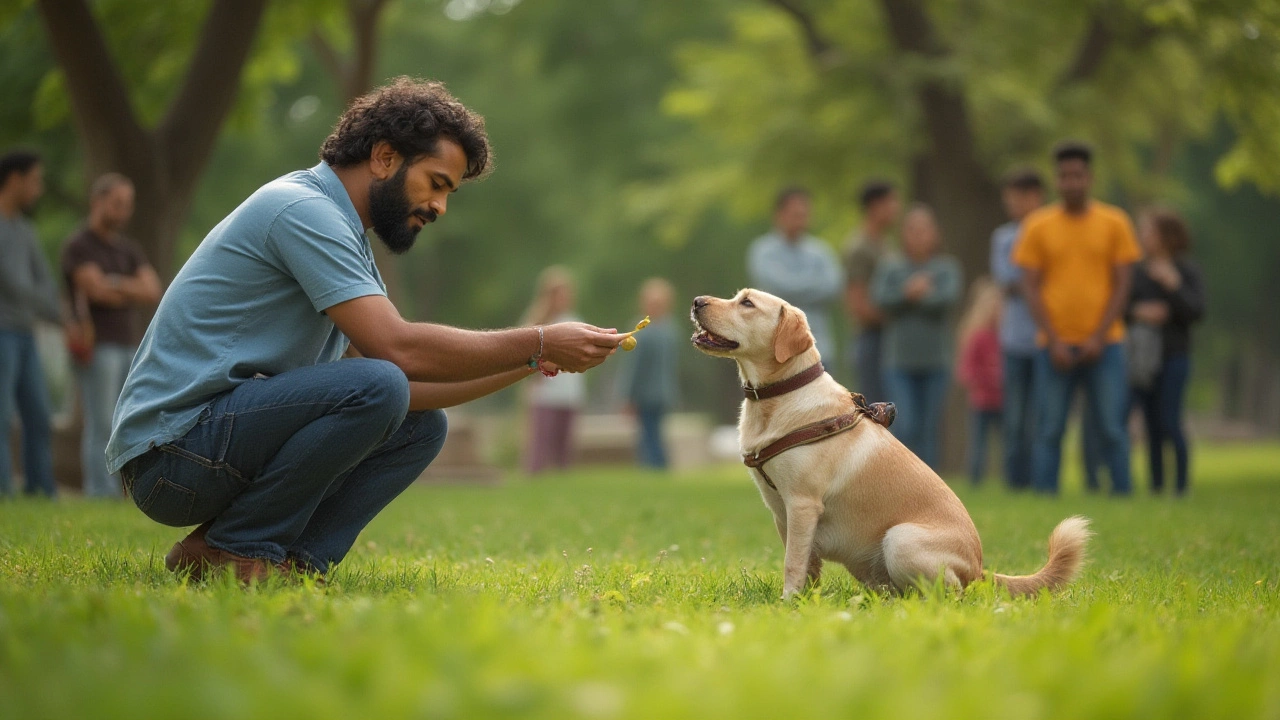
Do Professional Dog Trainers Use Shock Collars? Pros, Cons, and Real-World Insights
Explore the real scoop on whether professional dog trainers use shock collars, how these devices work, and what top experts say about humane and effective dog training methods.
read more